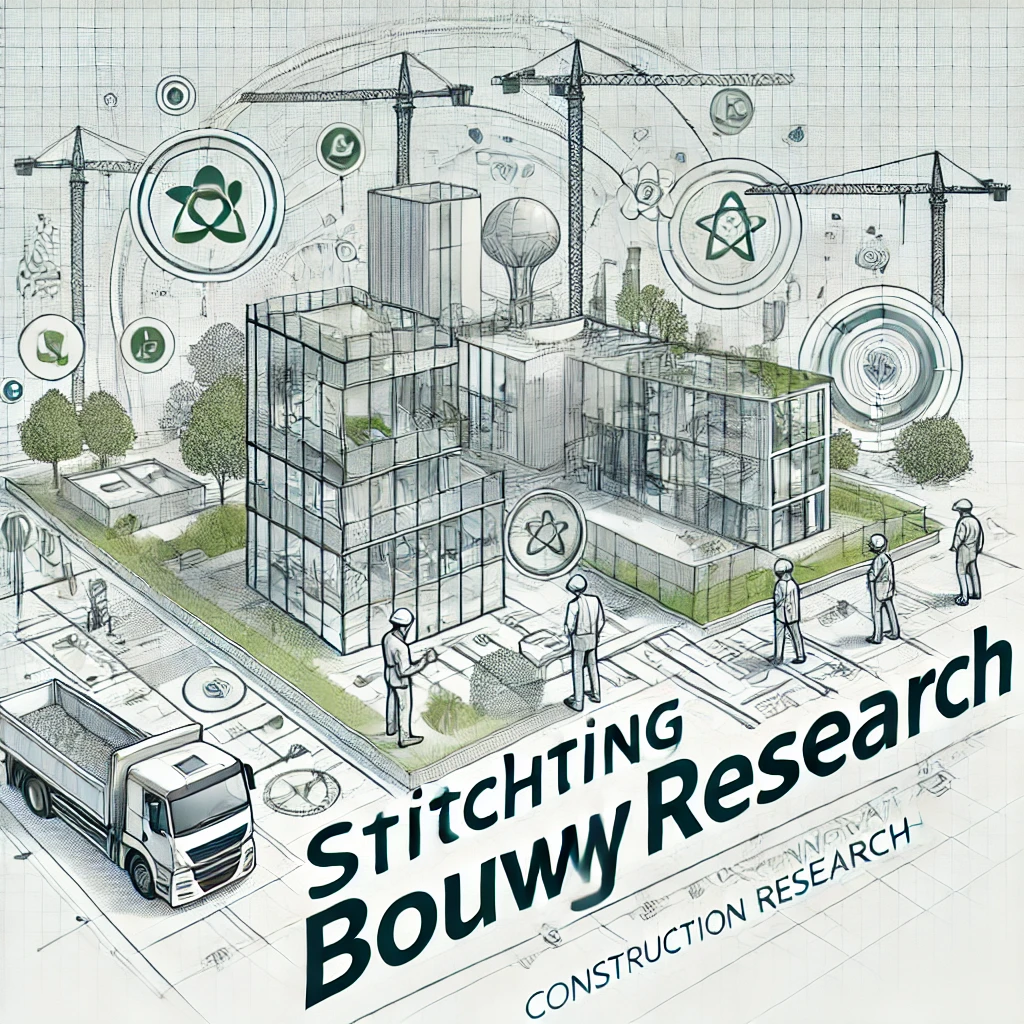Chatbots are revolutionizing the way businesses interact with customers, offering instant communication, automation, and enhanced user experiences. Whether for customer support, marketing, or streamlining business operations, learning how to use chatbots effectively is crucial.
What Are Chatbots?
Chatbots are AI-powered programs designed to simulate human conversations through text or voice. They are commonly used on websites, messaging apps, and customer service platforms to provide automated responses and solutions.
Benefits of Using Chatbots
- 24/7 Availability – Chatbots operate round-the-clock, providing instant responses to user inquiries.
- Cost-Efficient – Reduces the need for human customer service representatives, saving time and money.
- Enhances User Engagement – Offers interactive experiences through personalized responses.
- Boosts Sales & Conversions – Guides users through purchases, making the sales process smoother.
- Automates Repetitive Tasks – Helps businesses handle FAQs, bookings, and order tracking efficiently.
How to Use Chatbots Effectively
1. Choose the Right Chatbot Platform
There are various chatbot platforms available, including:
- Rule-Based Chatbots – Work based on pre-set scripts and workflows.
- AI-Powered Chatbots – Use natural language processing (NLP) to understand and respond intelligently.
- Hybrid Chatbots – Combine rule-based and AI features for a balanced approach.
Popular chatbot builders include:
- Chatfuel (for Facebook Messenger)
- ManyChat
- Drift
- Intercom
- Dialogflow (Google’s AI chatbot solution)
2. Define Your Chatbot’s Purpose
Before implementing a chatbot, determine its goal. Some common chatbot uses include:
- Customer support
- Lead generation
- Sales assistance
- Appointment scheduling
- FAQ automation
3. Integrate Chatbots with Business Tools
Enhance your chatbot’s efficiency by integrating it with CRM software, e-commerce platforms, and social media accounts.
4. Optimize Chatbot Responses
Ensure that your chatbot provides clear, concise, and helpful answers. Test different responses to improve user engagement.
5. Monitor & Improve Chatbot Performance
Track chatbot interactions, analyze feedback, and refine responses to enhance user satisfaction.
Frequently Asked Questions (FAQs)
Q1: Can a chatbot replace human customer service?
A: Chatbots can handle many routine tasks, but human support is still needed for complex issues.
Q2: Are chatbots expensive to implement?
A: Costs vary depending on the chatbot’s complexity. Simple bots can be free or low-cost, while AI-powered bots may require a larger investment.
Q3: Do chatbots work for small businesses?
A: Yes! Many small businesses use chatbots to automate customer service, increase engagement, and boost sales.
Q4: How do chatbots improve customer experience?
A: Chatbots provide instant responses, reduce wait times, and offer personalized recommendations, improving user satisfaction.
Q5: Can chatbots be used for marketing?
A: Absolutely! Chatbots can collect leads, send promotional messages, and recommend products based on user behavior.
Using chatbots efficiently can transform how businesses interact with customers, offering seamless and automated communication. Whether you’re running a startup or a large enterprise, integrating a chatbot can help optimize operations and improve customer engagement.














